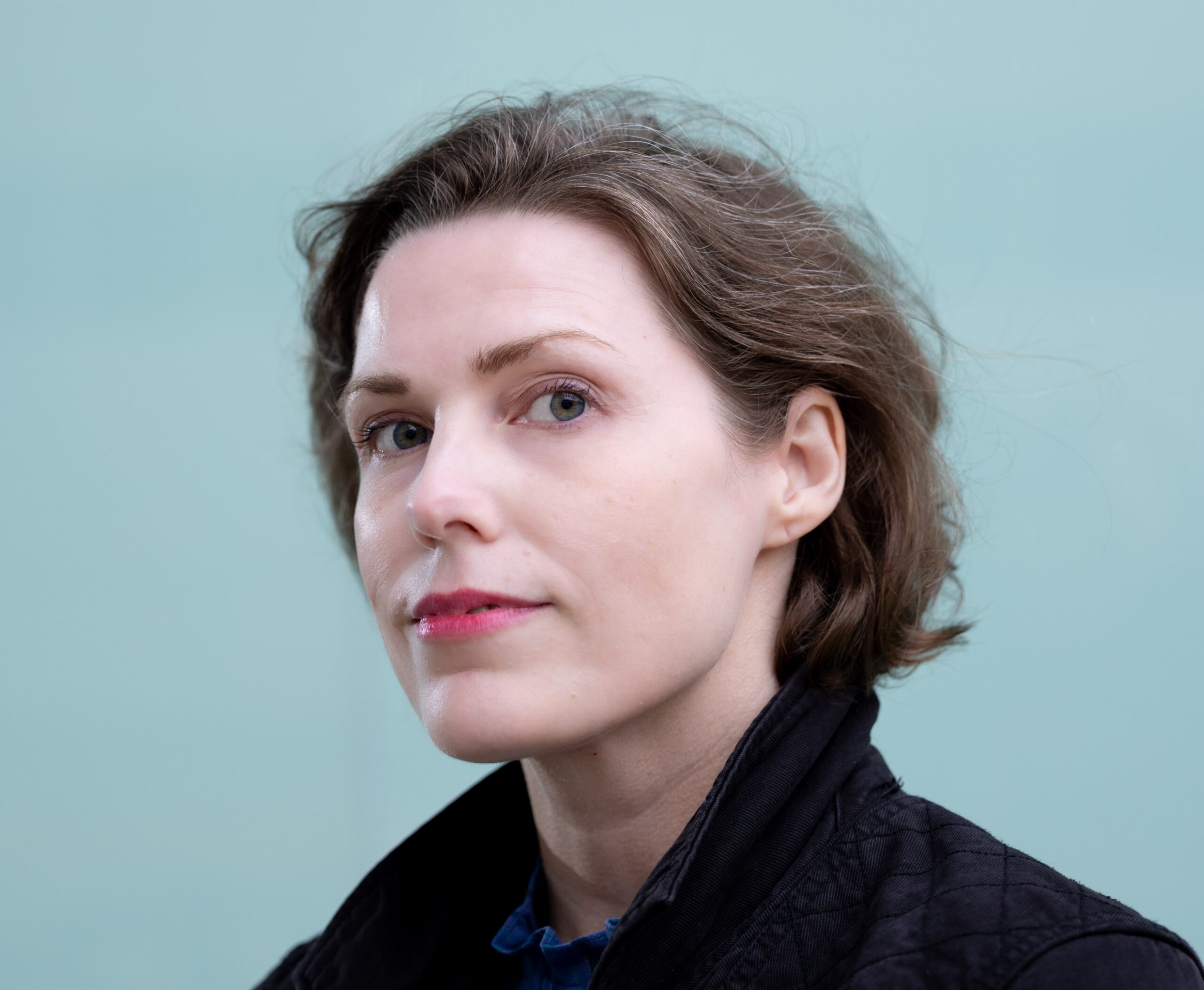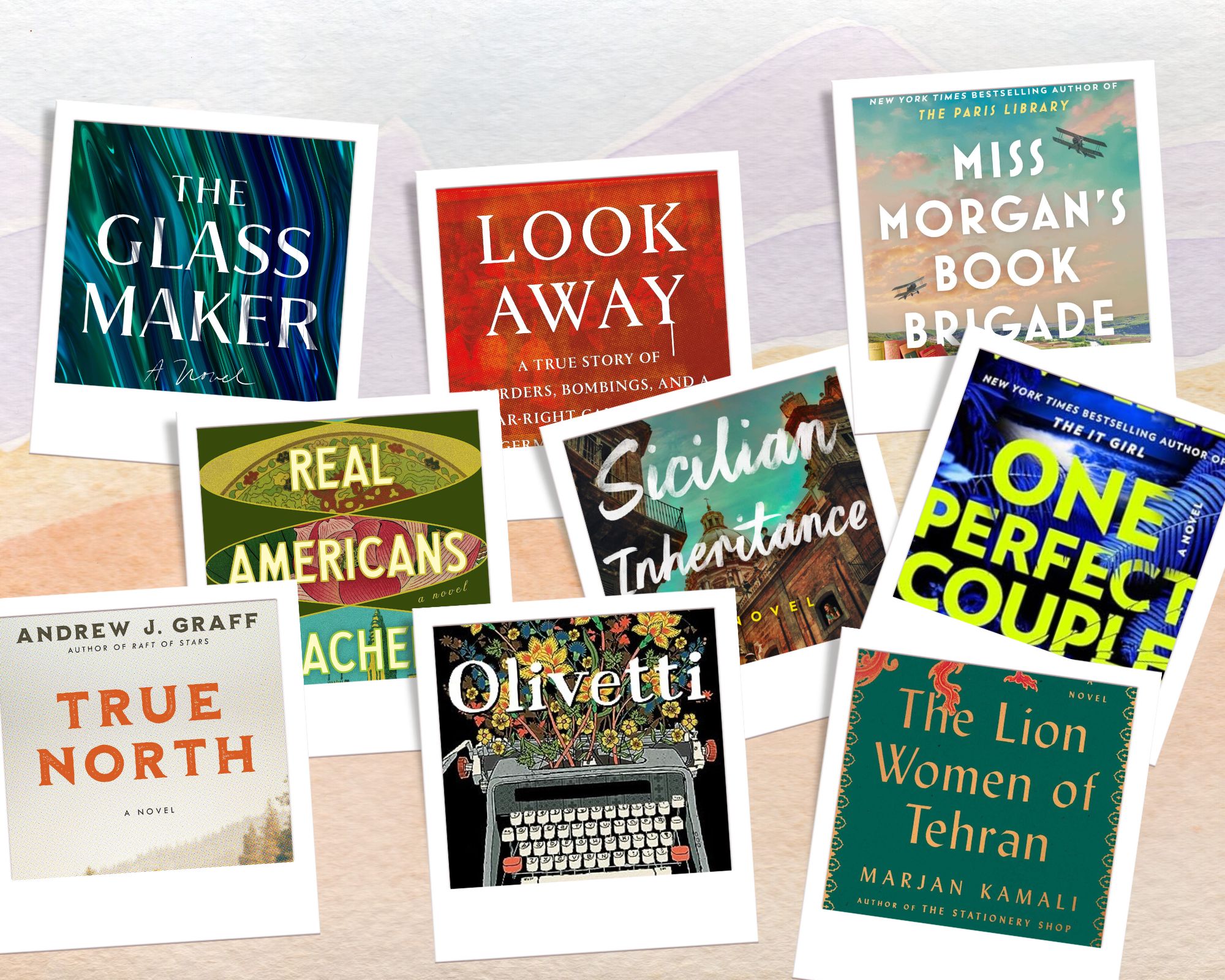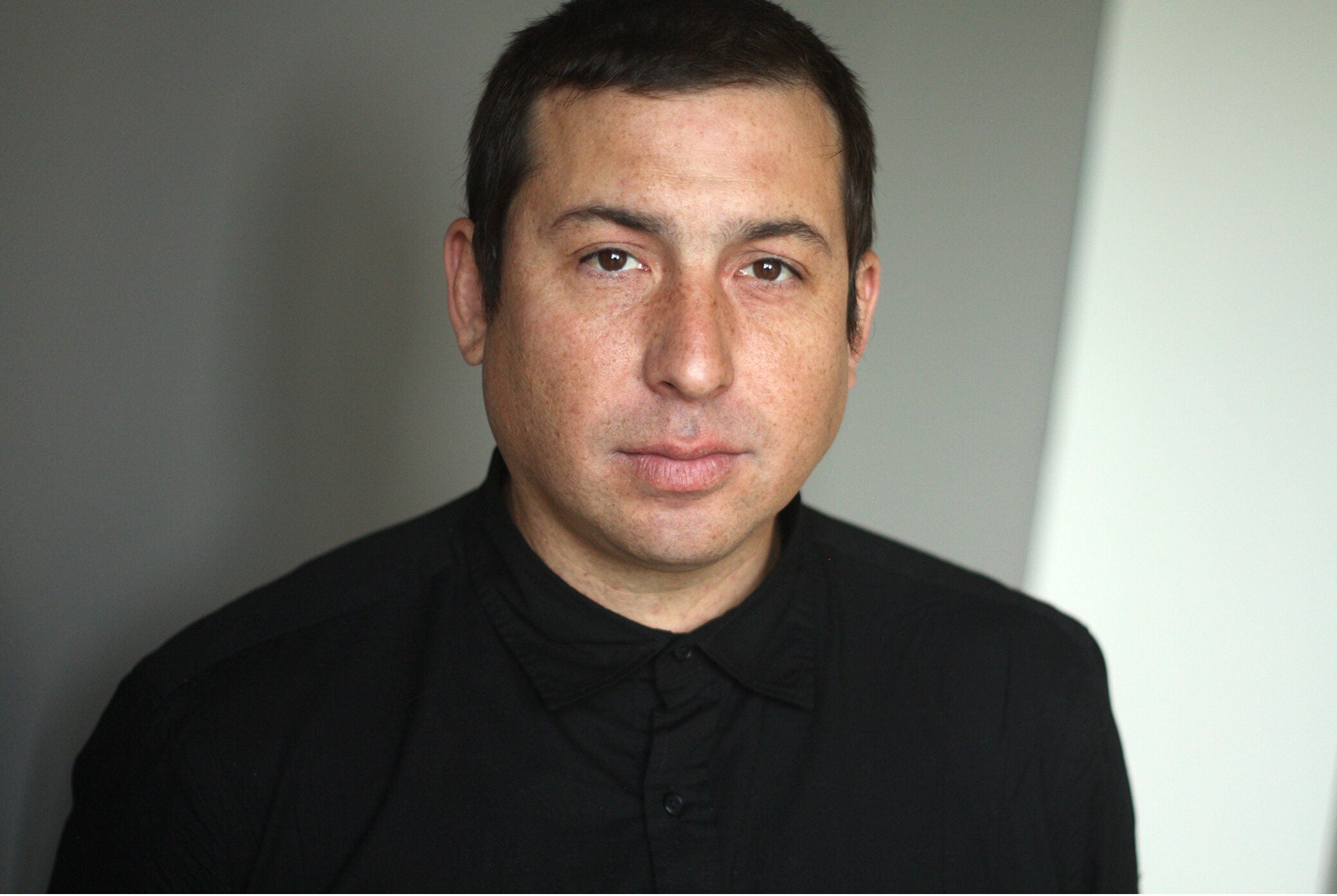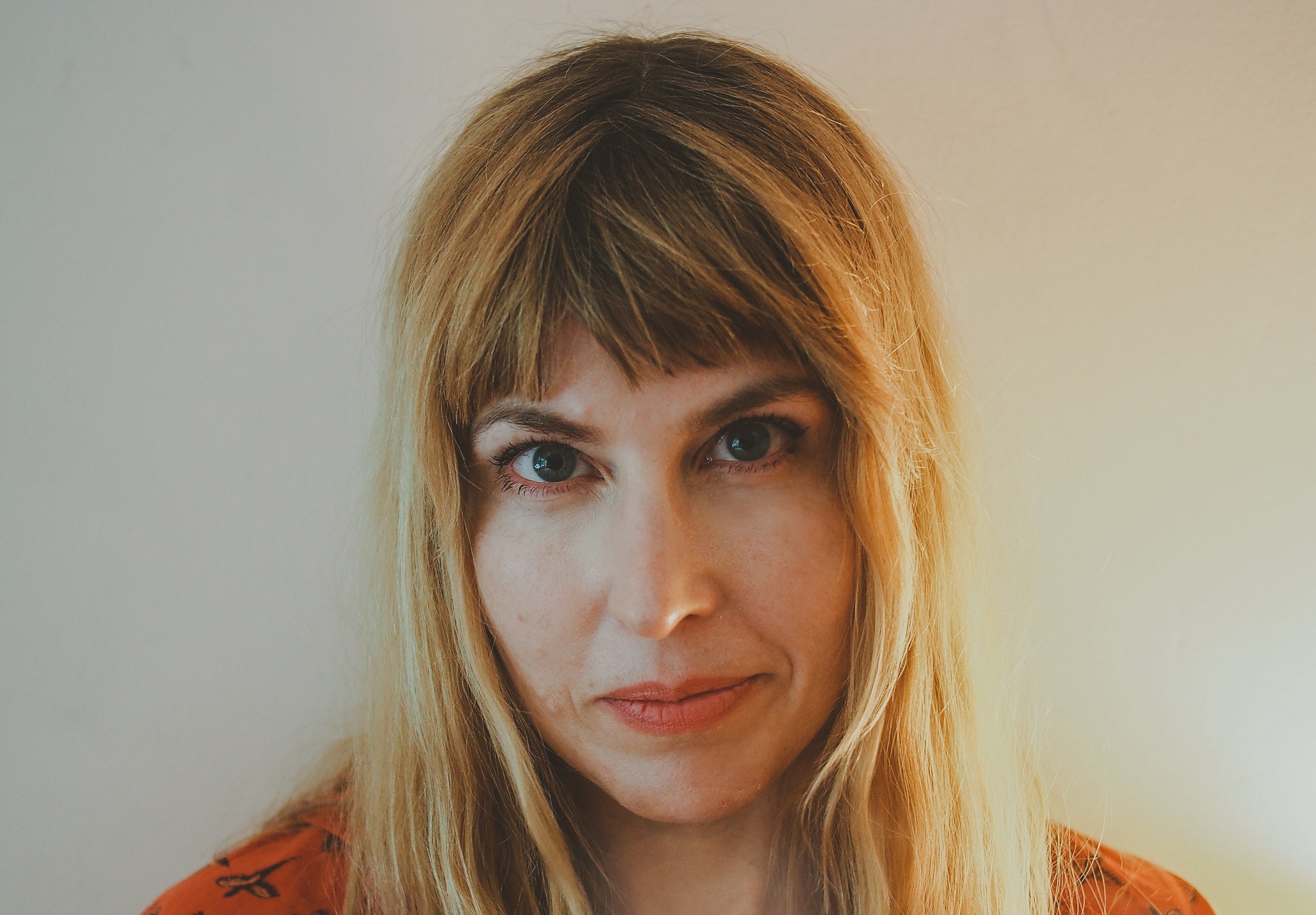Here at “To the Best of Knowledge,” books are in our DNA, and, of course, in our acronym: TTBOOK.
This year, like many others, we were wowed by the amount of good books that came across our desks — from young adult novels to memoirs to historical biographies. And when we come across books we love, we do what we do best: Reach out to the authors for an interview.
So below (in alphabetical order by author last name) please find 10 of our many favorites, and links to hear the author in his or her own words. With contributions from executive producer Steve Paulson, host Anne Strainchamps, and producers Charles Monroe Kane, Doug Gordon and Craig Eley.
Stay informed on the latest news
Sign up for WPR’s email newsletter.
“The Sellout” by Paul Beatty
Paul Beatty’s audacious, brilliant satirical novel, “The Sellout,” focuses on a young black man named Bonbon who grows up isolated in southern California. He’s a watermelon and pot dealer who winds up on trial at the Supreme Court for reinstating slavery in his own home and segregating the neighborhood middle school.
That’s just the surface of this book, but it should give you a sense of both the scope and style of Beatty’s satire: nearly every kind of African-American stereotype is picked apart. While Beatty’s farce makes us laugh, the point, of course, is to contemplate America’s ongoing struggles with racism.Mirroring so many of this year’s headlines, the narrator’s father dies in a police confrontation after a minor infraction.
In this way, “The Sellout” is a throughly timely take on the timeless art of social satire. -DG
Listen to our interview with Paul Beatty here.
“All the Wild That Remains” by David Gessner
For a writer who was once “Sick of Nature,” (the title of his influential 2004 essay), David Gessner writes about the Western landscape with an almost physical sense of excitement. Gessner has little patience with traditional nature writing — the sanctimonious tone, the attitude of hushed, delicate wonder. “All the Wild” is the opposite of that, a rollicking triple-threat of a nature book. It’s a dual biography of Wallace Stegner and Edward Abbey, two writers who defined the West and the Western imagination for a generation; as well as a story about Gessner’s own struggles to avoid romanticizing the natural world.
Edward Abbey steals the show, of course, as the quixotic, cantankerous carouser who invented monkey-wrenching and inspired Earth First! But Gessner’s own personal story is the one that resonates most deeply — along with his example of how to love the wild exuberantly, recklessly and joyfully. -AS
Listen to our interview with Gessner here.
“Words Without Music” by Philip Glass
Admirers of the legendary avant-garde composer will be delighted by this memoir. Glass recalls growing up with his father, a car mechanic who also owned a record store in Baltimore, where young Philip worked and got his early musical education. Glass had a voracious appetite for all kinds of music —from the Western classical tradition of Bartok and Schoenberg to experimental composers like John Cage and jazz greats like Charlie Parker and Bud Powell. He went on to collaborate with the Indian musician Ravi Shankar, who introduced Glass to the richness of non-Western music.
One of the pleasures of this memoir is reading about Glass’ influences along this winding creative journey, including his encounters with Samuel Beckett’s plays and Herman Hesse’s fiction. And there’s also a note of humility as well.
For all of his celebrity, Glass wasn’t able to make a living working full-time as a musician or composer until he was 41. His life was also shaped by his work at Bethlehem Steel and his jobs as a plumber and cab driver in New York City. -SP
Listen to our interview with Glass here.
“The First Collection of Criticism From a Living Female Rock Critic” by Jessica Hopper
On the first page of Jessica Hopper’s new collection of music criticism she admits that the title might not be factually true, but that’s not the point.
The point — which Hopper makes both subtly and not over this set of reviews and features—is that women’s voices are far too often marginalized in popular music discourse and in the shared spaces where music and fandom flourish: the rock club, the alt-weekly, the high school hallway, the car.
From exposing the long-known but rarely discussed sexual abuse of R. Kelly (with fellow Chicago music journalist Jim DeRogatis) to throughly dissecting the sexism inherent in critiques of Lana Del Ray, Hopper’s cultural commentary proves insightful, astute, and thoroughly necessary. -CE
Read and listen to our interview with Hopper here.
“The Buried Giant” by Kazuo Ishiguro
Fans of Ishiguro’s fiction have come to expect the unexpected, but few were prepared for his novel “The Buried Giant.” It’s a fantasy novel that taps into Arthurian legend and even delves into the magical worlds of knights and dragons.
But Ishiguro also deals with serious ideas, especially cultural memory. How do societies choose what to remember and forget? And can love hold up if you’re really honest about the unsavory actions you’ve committed in the past? Ishiguro has said the novel was inspired by the mass killings in Rwanda and Srebreniza, where neighbors turned on each other.
This book imagines how cultural memories can be manipulated and used to target certain groups of people. -SP
Read and listen to our interview with Ishiguro here.
“H is for Hawk” by Helen Macdonald
We can now add Helen Macdonald’s name to England’s celebrated tradition of nature writers, except that she would probably bristle at being labeled a “nature writer.”
“H is for Hawk” is the story of the goshawk she acquires and trains to help her cope with the grief of her father’s death. It’s a hybrid of a book—a blend of nature writing and memoir, as well as a mini-biography of another hawk enthusiast, the fantasy writer T.H. White.
Macdonald’s dazzling prose has an almost incantatory power to evoke wonder. “My head jumps sideways,” she writes of the first time she sees her hawk. “She is a conjuring trick. A reptile. A fallen angel. A griffon from the pages of an illuminated bestiary.”
The goshawk is a feral creature who leads Macdonald into the depths of her own inner wildness, and helps her find her way back into the world. -SP
Listen to our interview with MacDonald here, and read a transcript of that interview here.
“A Reunion of Ghosts” by Judith Claire Mitchell
In April 1915, German forces fired more than 150 tons of lethal chlorine gas at Allied divisions on the Western Front at Ypres. Wind blew the greenish-yellow mist across no man’s land and into the trenches.
Within 10 minutes, there were 5,000 dead and an equal number blinded and stumbling — a triumph for the German commanders and for the 47-year old bespectacled chemist who joined them that day. His name was Fritz Haber. He would go on to win a Nobel Prize for developing the first nitrogen-based fertilizers, which saved billions from starvation. But he is also remembered as the “father of chemical warfare.”
Judith Claire Mitchell used the story of Fritz Haber and his wife Clara — also a chemist — as inspiration for her novel, “A Reunion of Ghosts.” It’s a darkly witty meditation on family, guilt and fate, narrated by the three great-granddaughters of World War II chemists. When the book opens, the sisters have decided to kill themselves. The novel is their suicide note — but don’t let that deter you.
The sisters’ collective voice ranges from sardonic to hilarious; this may be the only “laugh out loud” novel about mass murder and suicide you’ll ever read. -AS
Listen to our interview with Mitchell here, and read excepts from that interview here.
“War is Beautiful” by David Shields
David Shields’ newest book is a photoessay designed to make you question photography itself. Or, at least, the photography that graces the front page of the newspaper.
War is Beautiful: The New York Times Pictorial Guide to Armed Conflict” is an astonishing portrait of our 14-plus years of military involvement in the Middle East. Laid out like a coffee table book, each page of “War is Beautiful” shows one front page war photo with no text other than the credits.
But this is not simply a celebration or heroics or damnation of war — it’s a critique of the medium itself. By analyzing hundreds of New York Times front page war photos since 9/11, Shields’ presents the argument that when a newspaper overvalues aesthetics, it romanticizes violence and creates a reality where war is no longer hell, but instead, as he puts it, “war is heck.” -CMK
Listen to our interview with Shields here.
“An Ember in the Ashes” by Sabaa Tahir
Sabaa Tahir’s new young adult novel, “An Ember in the Ashes,” is a fantasy set in a dystopian future, where the protagonists fight against a brutal military regime. The YA genre might seem an odd choice for Tahir, who cut her teeth as a writer on the Washington Post’s foreign desk, but she uses that knowledge to infuse the novel with a sense of political realism and the understanding that even villains aren’t as simplistically evil as they’re normally presented in young adult fiction.
In tone, “An Ember in the Ashes” is much closer to “The Hunger Games” than “Harry Potter”; the violence is more visceral and the characters routinely have to face the consequences of their actions.
However dystopic the premise, though, Tahir’s novel is refreshingly one of hope. -CMK
Listen to to our interview with Tahir here, and read excerpts from that interview here.
“The Invention of Nature: Alexander von Humboldt’s New World” by Andrea Wulf
The German explorer and naturalist Alexander von Humboldt was once the most famous scientist in the world. He inspired Darwin to go on his around-the-world trip, and his book “Cosmos,” with its mix of science and poetry, showed Thoreau how to write “Walden.”
Wulf’s biography tells the dramatic story of Humboldt’s life, from his precocious adolescence to his epic, five-year journey to Latin America, where he traveled deep into the Amazon rain forest by canoe, and climbed some of the tallest mountains in the Andes. He lugged his scientific instruments everywhere, providing detailed studies of the plants and animals he found, but his science was also infused with a poetic sensibility.
“Nature must be experienced through feeling,” Humboldt wrote. He created the template for modern nature writing. -SP
Listen to our interview with Wulf here.




